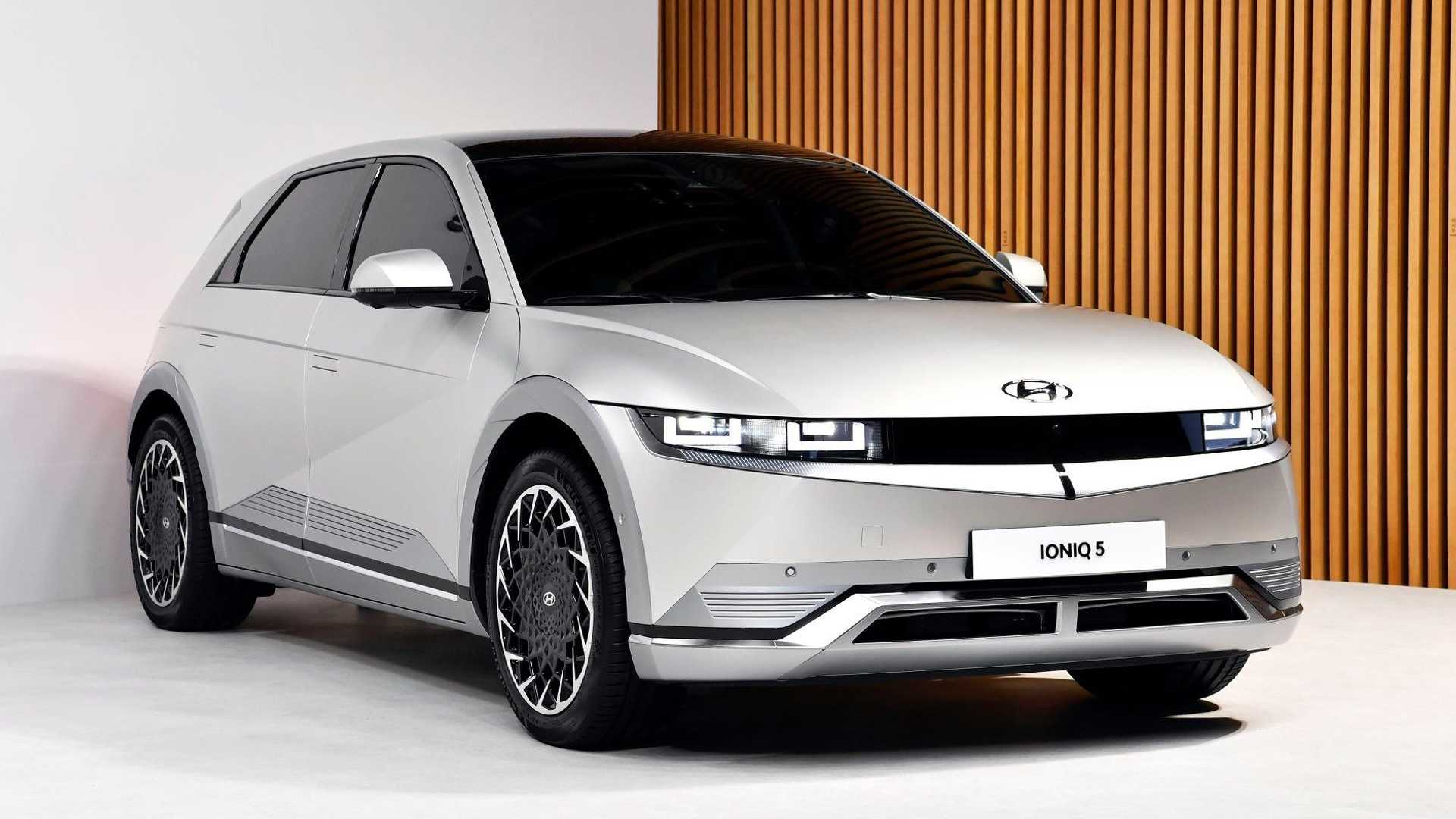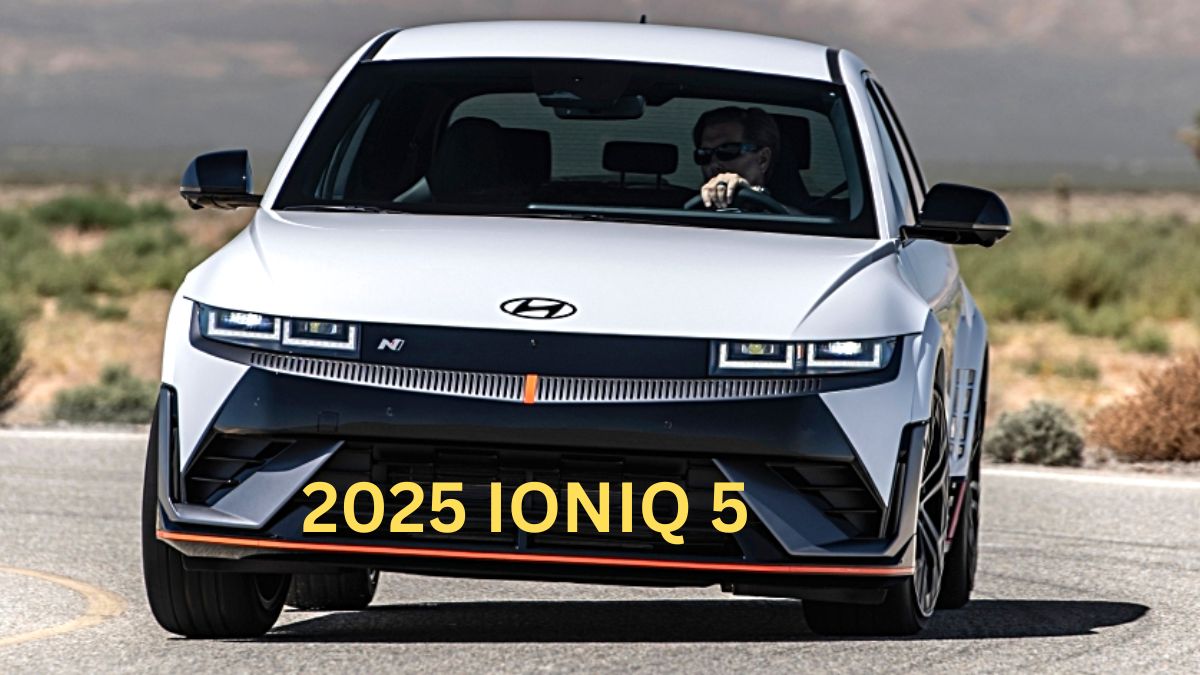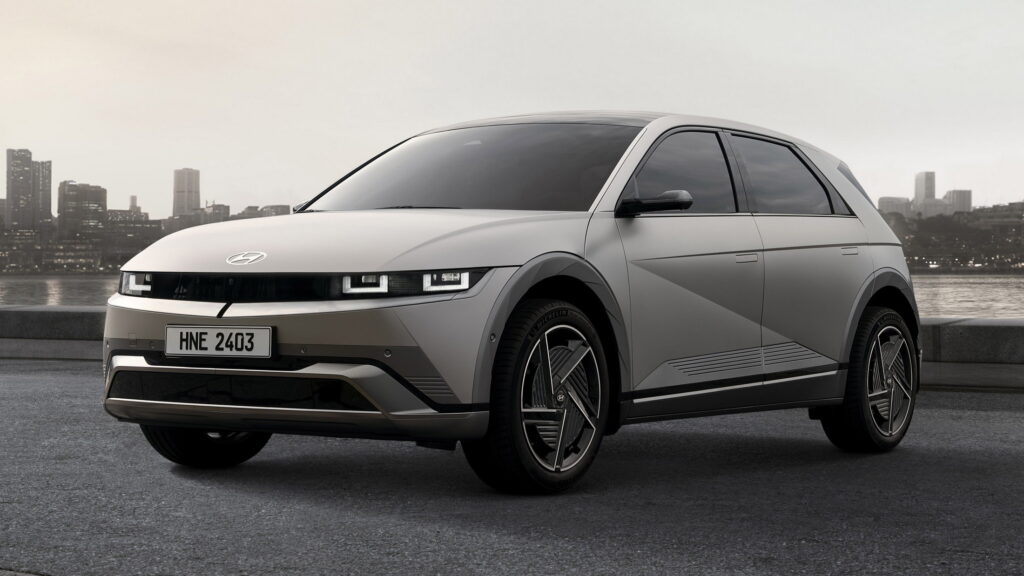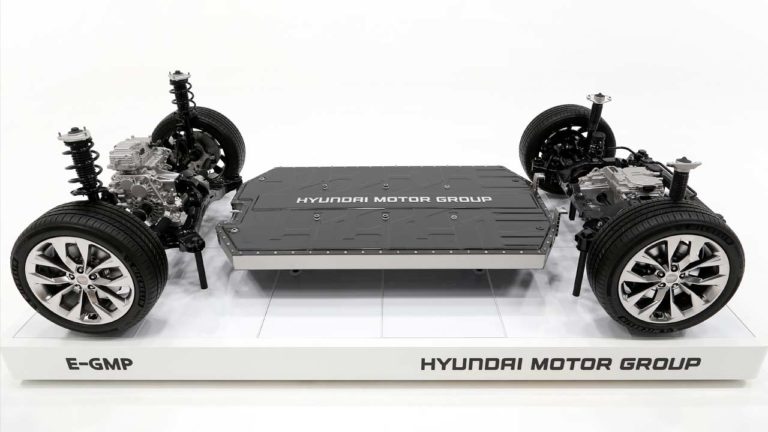The Evolving Landscape of Battery Chemistry: A Look at the 2025 Hyundai Ioniq 5
The Evolving Landscape of Battery Chemistry: A Look at the 2025 Hyundai Ioniq 5
Introduction
With enthusiasm, let’s navigate through the intriguing topic related to The Evolving Landscape of Battery Chemistry: A Look at the 2025 Hyundai Ioniq 5. Let’s weave interesting information and offer fresh perspectives to the readers.
Table of Content
The Evolving Landscape of Battery Chemistry: A Look at the 2025 Hyundai Ioniq 5

The automotive industry is on the cusp of a transformative era, driven by the rapid advancement of electric vehicle (EV) technology. At the heart of this revolution lies the battery, a critical component that dictates performance, range, and cost. As we look towards 2025, the Hyundai Ioniq 5, a pioneering EV, is poised to showcase the next generation of battery chemistry, promising significant improvements in efficiency and sustainability.
Understanding the Fundamentals of Battery Chemistry
EV batteries are essentially sophisticated energy storage systems, utilizing chemical reactions to convert stored chemical energy into electrical energy. The fundamental components of a lithium-ion battery, the dominant technology in EVs today, include:
- Anode: The negative electrode, typically made of graphite, stores lithium ions during charging.
- Cathode: The positive electrode, often composed of layered metal oxides like lithium nickel manganese cobalt oxide (NMC), releases lithium ions during discharge.
- Electrolyte: A liquid or solid material that facilitates the movement of lithium ions between the anode and cathode.
- Separator: A porous membrane that prevents direct contact between the anode and cathode, ensuring controlled ion flow.
The specific composition of these materials, particularly the cathode, significantly impacts the battery’s performance characteristics. Factors like energy density, charging speed, and longevity are directly influenced by the chosen chemistry.
The 2025 Ioniq 5’s Battery Chemistry: A Leap Forward
While Hyundai has not publicly revealed the exact battery chemistry planned for the 2025 Ioniq 5, industry trends and ongoing research point towards several potential advancements:
- High-Nickel Cathodes: Increasing the nickel content in the cathode material enhances energy density, leading to greater range. However, this comes with challenges, including potential for instability and degradation.
- Silicon Anode: Replacing traditional graphite anodes with silicon can significantly increase storage capacity. Silicon’s ability to store more lithium ions per unit volume opens doors for smaller, more powerful batteries.
- Solid-State Electrolyte: Transitioning from liquid to solid electrolytes promises enhanced safety, faster charging, and longer lifespan. Solid-state batteries are still in their early stages of development, but their potential is immense.
- Improved Manufacturing Processes: Optimizing the production process can lead to increased efficiency and reduced costs. Advancements in materials science and manufacturing techniques are crucial for scaling up battery production.
Benefits of Advanced Battery Chemistry
The advancements in battery chemistry expected in the 2025 Ioniq 5 are poised to deliver several tangible benefits:
- Extended Range: Higher energy density translates to increased driving range, addressing one of the key concerns of EV owners.
- Faster Charging: Improved charging speeds will reduce the time spent charging, making EVs more convenient for daily use.
- Enhanced Safety: Solid-state electrolytes are inherently safer than liquid electrolytes, reducing the risk of fire or explosions.
- Increased Lifespan: Longer-lasting batteries will reduce the need for frequent replacements, leading to lower overall cost of ownership.
- Sustainability: The transition to more sustainable materials and production processes aligns with the growing emphasis on environmental responsibility.
FAQs about 2025 Ioniq 5 Battery Chemistry
Q: Will the 2025 Ioniq 5 have a longer range than the current model?
A: It is highly likely that the 2025 Ioniq 5 will offer an extended range due to advancements in battery chemistry, particularly the potential use of high-nickel cathodes and silicon anodes.
Q: How will the new battery chemistry affect charging times?
A: The adoption of solid-state electrolytes could significantly reduce charging times, potentially allowing for near-instantaneous charging. However, the specific charging speeds will depend on the chosen chemistry and the availability of fast-charging infrastructure.
Q: Will the 2025 Ioniq 5 battery be more expensive than the current model?
A: While the initial cost of advanced battery technologies might be higher, the long-term benefits, such as reduced maintenance and increased lifespan, could offset the initial investment.
Q: Is the 2025 Ioniq 5 battery environmentally friendly?
A: The focus on sustainable materials and production processes will contribute to a more environmentally friendly battery. However, the overall environmental impact will depend on the sourcing of materials and the disposal of batteries at the end of their life.
Tips for Maximizing Battery Life
- Avoid extreme temperatures: Excessive heat or cold can degrade battery performance. Park your vehicle in shaded areas and utilize climate control systems strategically.
- Optimize charging habits: Avoid fully charging or completely depleting the battery. Aim for a charging range of 20-80%.
- Minimize fast charging: While convenient, frequent fast charging can stress the battery. Utilize slow charging whenever possible.
- Regular maintenance: Follow the manufacturer’s recommendations for battery maintenance, including software updates and periodic inspections.
Conclusion
The 2025 Hyundai Ioniq 5 is poised to be a showcase of the next generation of battery technology. The advancements in battery chemistry, particularly the potential use of high-nickel cathodes, silicon anodes, and solid-state electrolytes, promise significant improvements in range, charging speed, safety, and lifespan. As the automotive industry transitions towards a more sustainable future, the evolving landscape of battery chemistry will play a pivotal role in shaping the future of electric mobility.






Closure
Thus, we hope this article has provided valuable insights into The Evolving Landscape of Battery Chemistry: A Look at the 2025 Hyundai Ioniq 5. We hope you find this article informative and beneficial. See you in our next article!